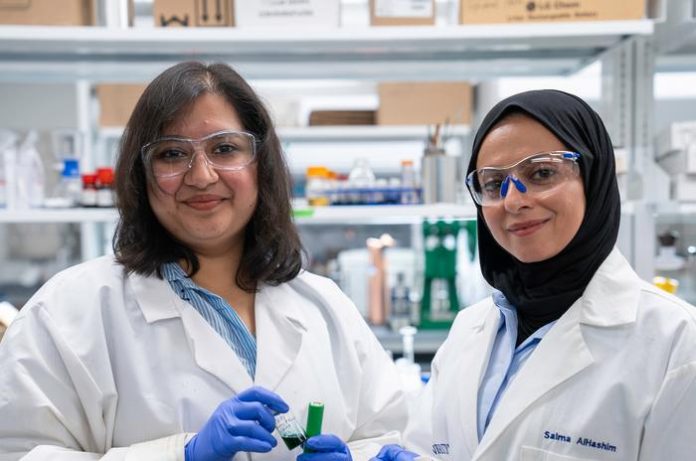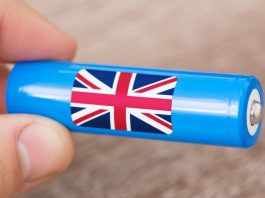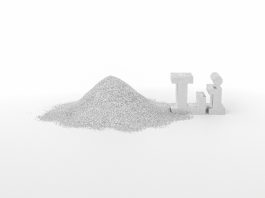Experts from Rice University have innovated a novel lithium recovery method that extracts lithium from battery waste.
The rapid, efficient, and sustainable selective lithium recovery method employs microwave radiation and a readily biodegradable solvent.
The new process can recover up to 50% of the lithium from used lithium-ion battery (LIB) cathodes in as little as 30 seconds.
This innovative method could prove pivotal in boosting supplies of lithium, a crucial ingredient in electric vehicle (EV) batteries.
The global market for lithium-ion batteries was valued at over $65bn in 2023. With an expected growth rate of over 23% in the next eight years, this surge will likely exacerbate existing challenges in lithium supply.
Sohini Bhattacharyya, one of the two lead authors of the study, explained: “We’ve seen a colossal growth in LIB use in recent years, which inevitably raises concerns as to the availability of critical metals like lithium, cobalt and nickel that are used in the cathodes.
“It’s therefore really important to recycle spent LIBs to recover these metals.”
Challenges in conventional lithium recovery
Traditional recycling methods for lithium involve harsh acids and have proven inefficient and economically unviable.
These methods recover less than 5% of lithium, primarily due to contamination, energy-intensive processes, and significant material loss.
Salma Alhashim, a Rice doctoral alumna, explained that lithium’s low recovery rate is because it is usually precipitated after other metals.
Her research focuses on targeting lithium specifically. The team used a deep eutectic solvent (DES) comprising choline chloride and ethylene glycol.
Previous work showed that during leaching in this DES, lithium binds with chloride ions from the choline chloride, effectively leaching into the solution.
Innovative microwave-assisted leaching
To selectively leach lithium, the researchers submerged battery waste in the DES and exposed it to microwave radiation.
Unlike conventional heating methods, microwaves rapidly transfer energy to molecules, significantly speeding up the reaction. This method allowed selective lithium leaching over other metals.
Compared to oil bath heating, which takes 12 hours to recover 87% of lithium, microwave-assisted heating achieves the same recovery in just 15 minutes.
This efficiency is due to the DES composition and its interaction with microwaves. Additionally, the short heating cycles prevent solvent decomposition, a common issue with prolonged heating.
This innovative method significantly enhances lithium recovery rates and minimises environmental impact, providing a sustainable solution for lithium-ion battery recycling.
According to the researchers, this approach holds promise for deploying DES-based recycling systems at scale, offering a more efficient and eco-friendly solution to the global lithium recovery challenge.









